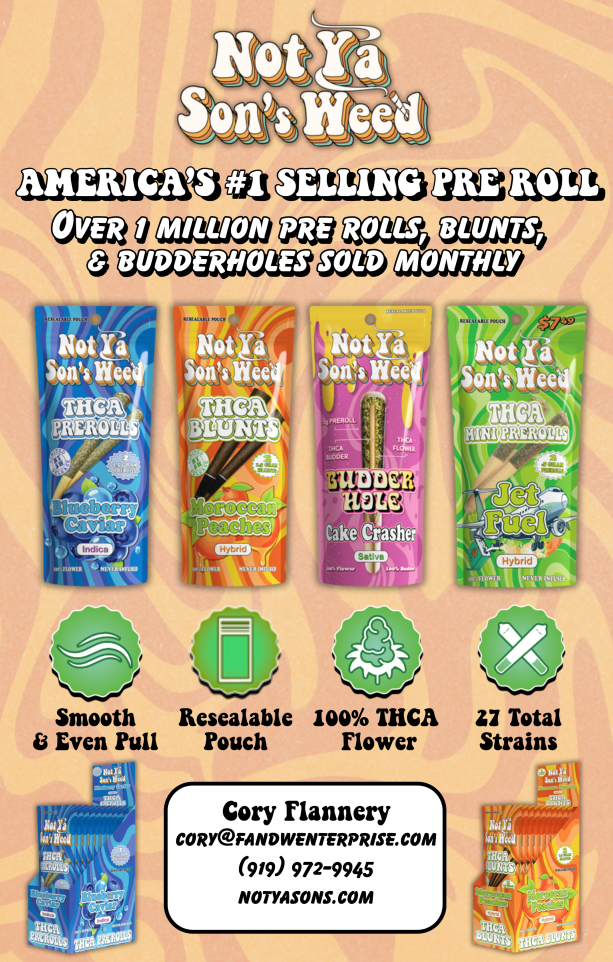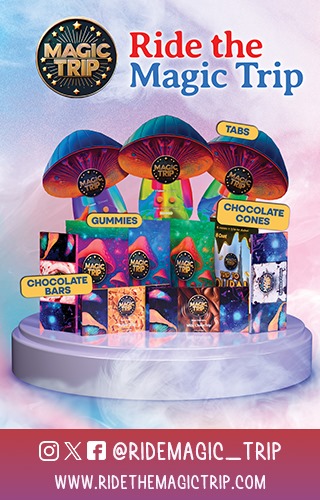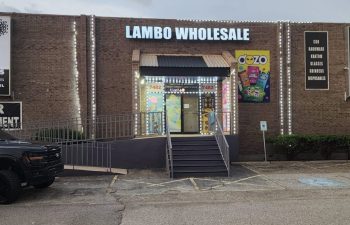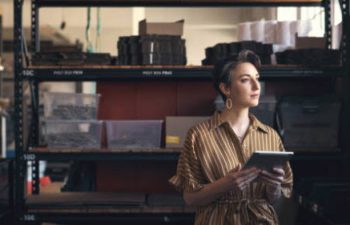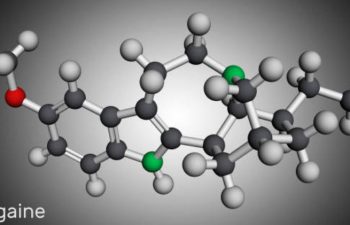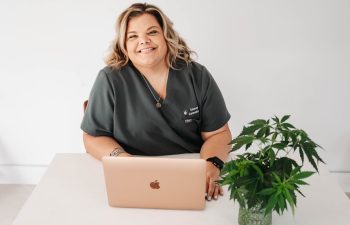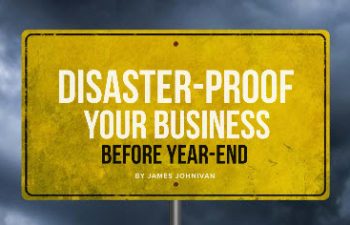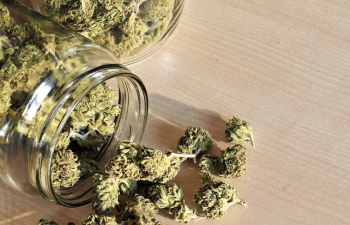Patients enrolled in the state’s medical cannabis access program will be able to purchase cannabis-infused edible products from licensed dispensaries for the first time, under legislation recently signed into law by Democratic Gov. David Ige.
The legislation, House Bill 2097, allows licensed dispensaries “to manufacture and distribute edible cannabis products.” Though enacted some two decades ago, Hawaii’s medical cannabis law had previously not allowed for dispensaries to engage in the sale of cannabis-infused edible products.
The state’s Department of Health will oversee the establishment of rules governing the production, labeling, and packaging of edible cannabis products.
The new law also for the first time permits dispensaries to “provide, disseminate, and publish educational and scientific materials related to medical cannabis and its approved products and sponsor events about medical cannabis.”
As of August 31, 2020, a total of 29,475 medical cannabis patients and 2,445 caregivers were registered statewide. The primary reported condition for registered adult patients is severe pain. The primary reported conditions for children under 18 years of age are seizures and post-traumatic stress disorder.
Registered patients and their caregivers may purchase up to four ounces of medical cannabis during a 15-consecutive day period and purchase a maximum of eight ounces over a 30-consecutive day period. When bringing medical cannabis home after purchasing it from a dispensary, the medical cannabis must be in a sealed container and not visible to the public.
All use of medical cannabis must be on private property and may not be used in a car while on the road, at work, at the beach, on hiking trails, or in any other public space. It is illegal to use or possess medical cannabis on any federally owned property such as military installations and national parks.
Governor Ige signed the measure into law earlier this month. The new law takes effect on January 1, 2021.








